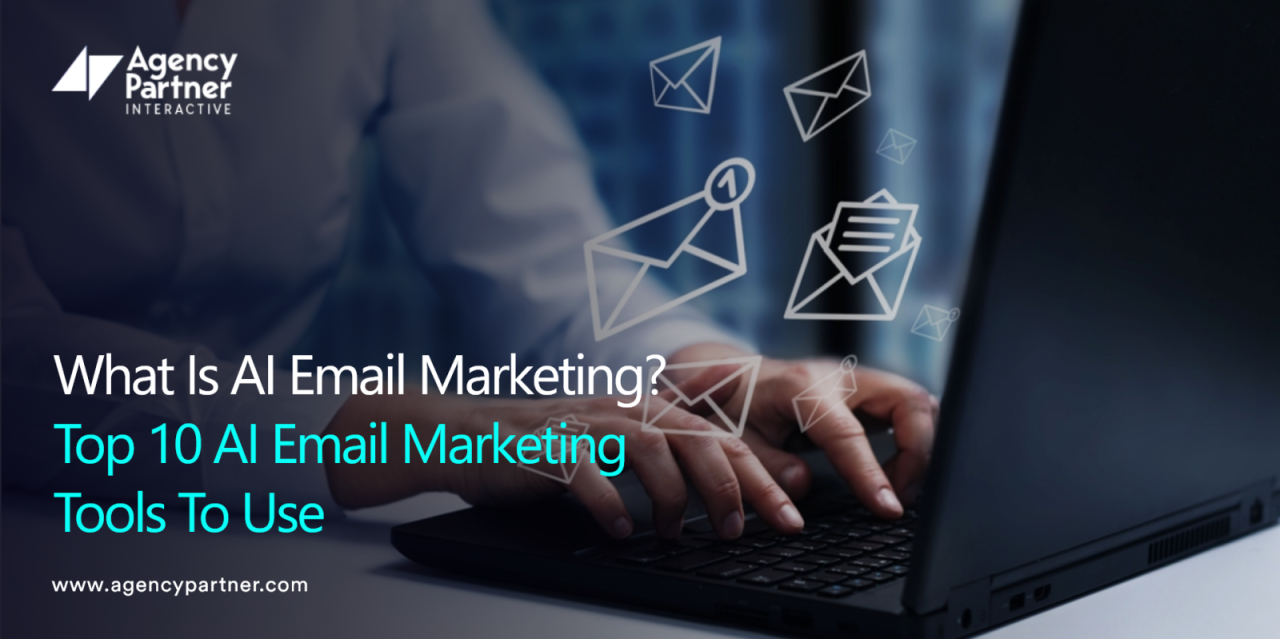
All Blogs, Design Insights, Digital Marketing
What Is a Landing Page? Landing Pages Explained
Expert Tips For What Is a Landing Page? Landing Pages Explained
Whether it’s brand-spankin’ new, redone, overhauled, or just touched up, every page of your website development has to have a clear purpose. The About page, the Homepage, the Search, and the Contact page- all pretty straightforward in their function. But what about a Landing page?
What Is a Landing Page?
A landing page also called a “lead capture page,” is a single web page that appears online when someone clicks your link. That link may appear in a banner ad, a marketing email, a SERPs result, or a social media post, to name just a few. It’s designed to collect digital information from website visitors, such as email addresses and other personal information, or to help convert site visitors into leads. Landing pages help you build an online following, a contact list, and even greater sales—positively vital for any modern business.
Why Do I Need a Landing Page?
In the marketing funnel, the conversion happens once that link is clicked within the ad or email. Maybe it’s where the visitor decides to download that eBook they saw advertised or sign up for a free trial! A landing page should feature these elements:
- One value proposition
- A primary, clear message
- One simple call to action, or CTA
It’s all centered around promoting one singular macro conversion and communicating the benefits of following the CTA. This hyper-focus should keep your objective clear and your visitor, well, focused on following through with that objective.
Can Any Page Be a Landing Page?
The answer is yes and no. There are two primary types of landing pages: referential and transactional.
- Referential
Referential is all about giving relevant information to the visitor. The goal here is to keep the visitor as focused as possible on the specific message by conveniently providing all necessary info to convert that visitor into following your CTA.
- Transactional
This is a page where the visitor must first fill out an info form (like e-mail capture for a mailing list, for example) to receive a discount code or access to download that e-book. Capture as much information about the visitor as possible, but be cognizant of how much is too much to your visitors!
While any page on your website can technically act as a landing page, it depends on how singularly concentrated the content, and the CTA of that page is. Often but certainly not always, a landing page offers no further website navigation. It can be very convenient and cost-effective to customize a single page rather than invest in building out an entire website. (Psst…Agency Partner can help with both!)
A landing page can arguably also still have some supplementary content. For example, your main navigation could house several subpages that are highly relevant to the primary topic of the landing page. This would require the user to stay on this single URL for extended periods to access all related content. However, make sure these subpages contain information only relevant to that value proposition, primary message, and simple CTA!
What Does a Landing Page Look Like?
Landing pages, be it referential or transactional, typically include some combination of the following:
- A headline: This is all about your offer’s top-selling point – make sure it grabs attention!
- A subheading: Add a bit of extra supporting information below your headline.
- Copy: Tell your visitor all the details about what you’re offering and why they need it. Keep this information easily digestible – bullet point lists are a great option to include here!
- A lead form: Key to the transactional landing page, this form collects contact information from your visitors.
- CTA: Make it clear what you want your visitor to do next – “Buy Now,” “Read More.”
- Permission checkbox: While not required everywhere, it’s a safe assumption that any contact sent to your visitors who fill out the lead form (think marketing emails) will require their indicated permission. Always get consent first!
Other features to consider
- Comparisons: Need to convey what makes your product or offer different? Create comparison tables to highlight the exact features you have over your competitors.
- Testimonials: Stats prove that testimonials rank around 90% in content effectiveness. Let your customers share their stories with you to help build trust and credibility.
- Video: Video is the most engaging format these days. If suitable for reaching your target customer, embed a native video onto your page.
Look out for an upcoming post on how to optimize your landing pages! We’ll see you there!
Need some more detailed help now with your current landing pages or a new, custom landing page made to promote your offer? Head over to our Contact Us page, and let’s see what we can do for you!














